Prehistoric Wonders: A Deep Dive into Fossils from South Australia’s Past
This fossil collection, generously loaned by the South Australian Museum, offers a fascinating glimpse into the distant past of South Australia's Flinders Ranges – one of the world’s most significant fossil sites.
First discovered by renowned geologist Reg Sprigg in 1946, the fossils found in the Flinders Ranges, including those from the area of Nilpena, represent world’s greatest record of the advent and evolution of early animal life on our planet.
The fossils on display date back to the Ediacaran Period, approximately 635 to 541 million years ago.
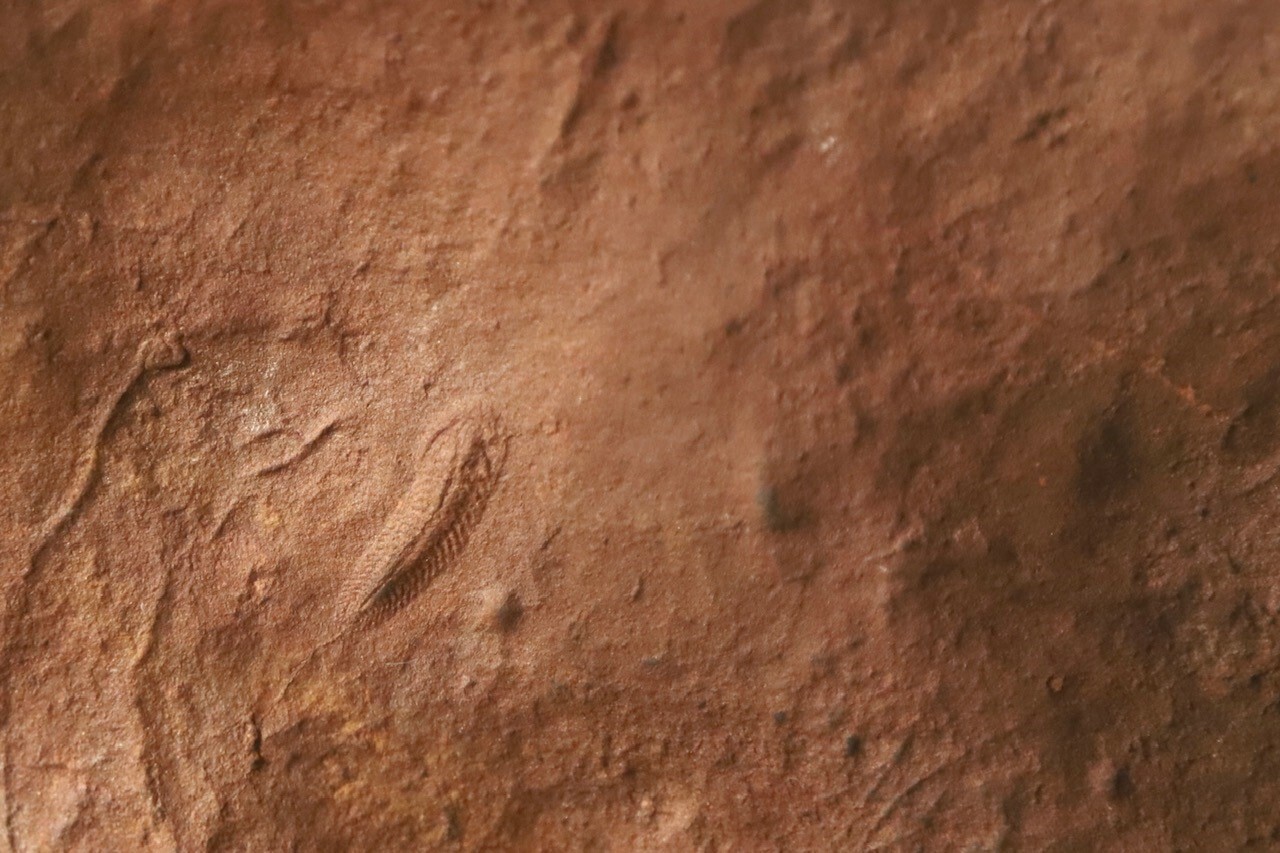
This period marks one of the earliest known appearances of life on Earth and includes the first multicellular organisms, which laid the foundation for the diversity of species that would follow.
These fossils are part of the Ediacara Biota, a collection of organisms first identified in the Ediacara Hills of South Australia.
The Ediacara Biota are group of organisms that represent the first appearance of complex, multicellular life forms on Earth from simple, single-celled organisms.
The fossils found in the Flinders Ranges are key to understanding the early stages of life’s diversification, providing important insights into the evolutionary developments that eventually gave rise to complex animal life.
Spriggina floundersi is considered one of the earliest examples of bilateral symmetry, a major evolutionary development that later became a characteristic of more complex life forms, including humans. Named after Reginald Sprigg, who first identified this genus in the Flinders Ranges, Spriggina is the fossil emblem of South Australia and has been found nowhere else in the world.
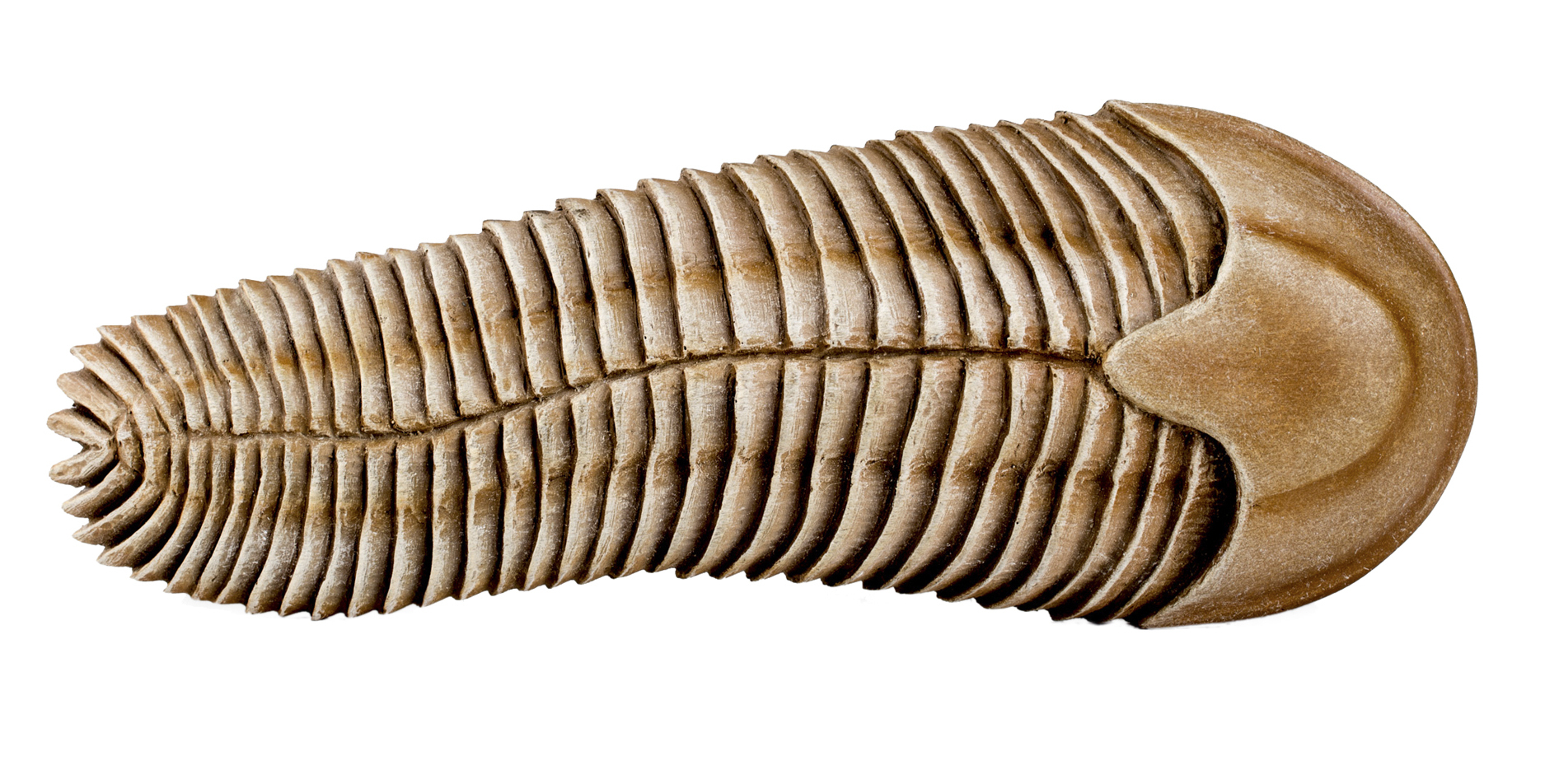
Tribrachidium heraldicum has a symmetrical shape with three distinct lobes radiating from a central point.
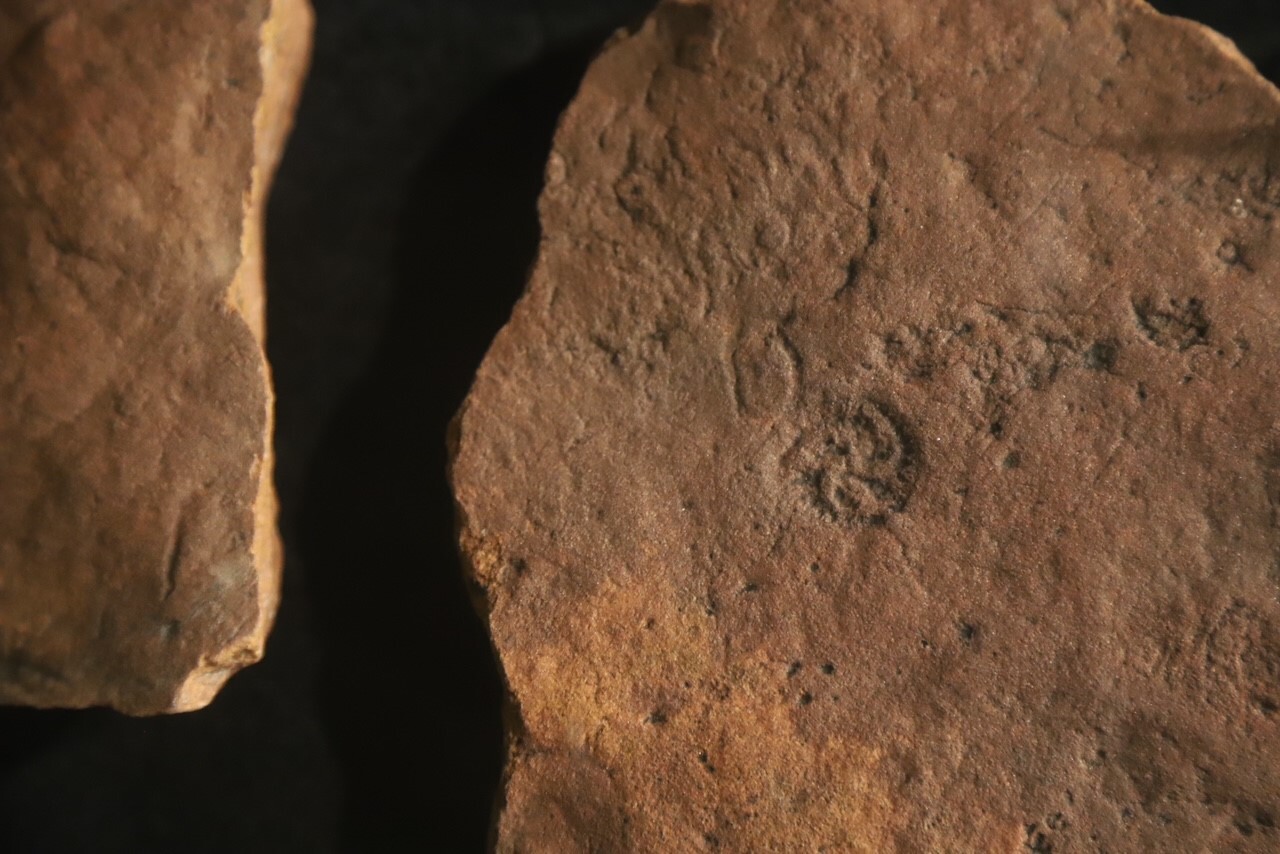
This body plan suggests an early form of radial symmetry, which can still be seen in modern organisms like jellyfish and starfish.
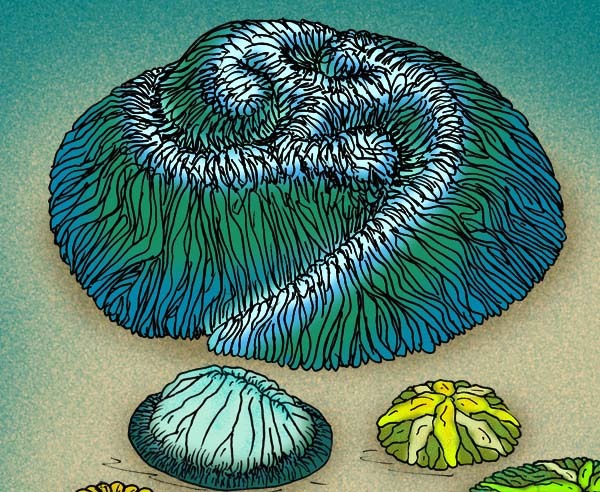
It is an important example of the diverse body structures that appeared during the Ediacaran Period.
Related to Tribrachidium, Parvancorina minchami has a simpler, more streamlined body form.
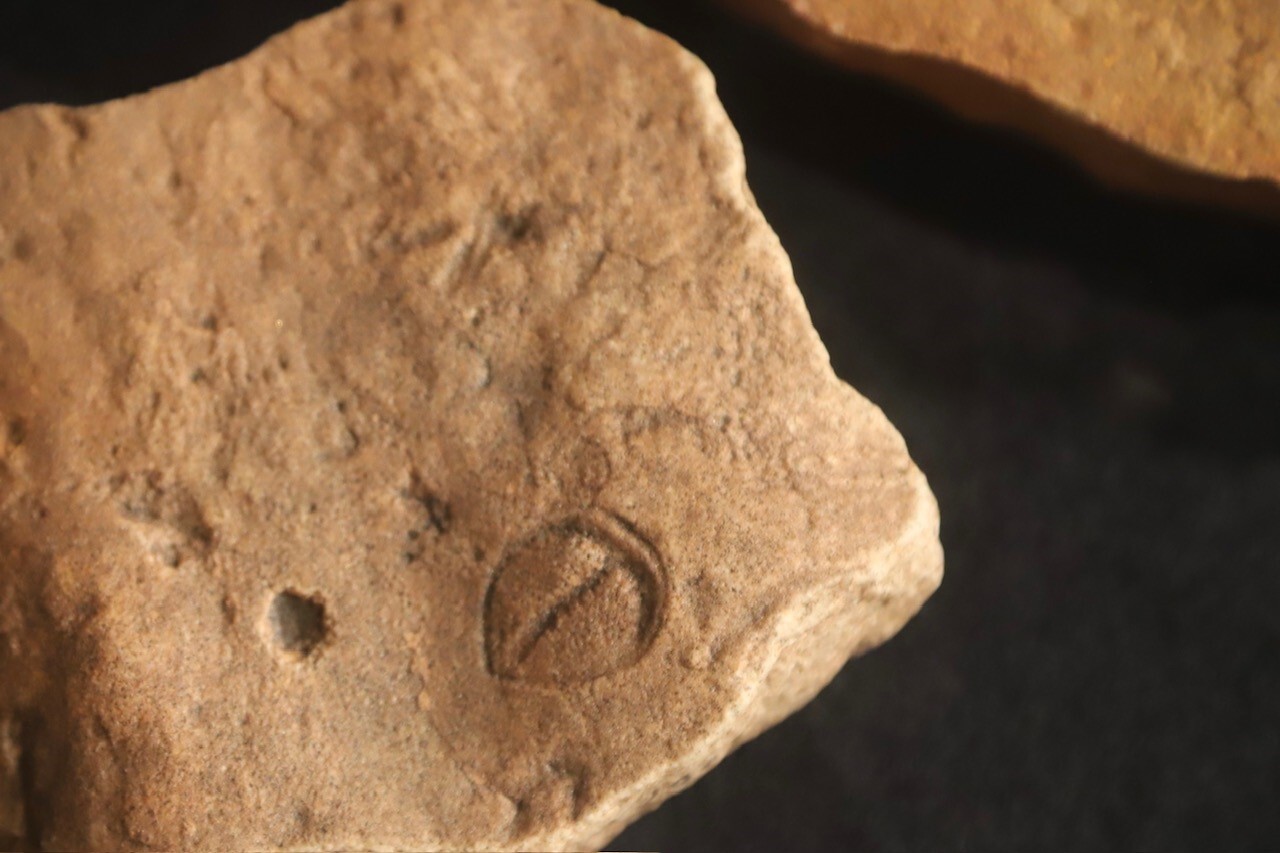
Despite its modest size and simplicity, this fossil plays a significant role in understanding the early steps in the evolution of complex, multicellular life.
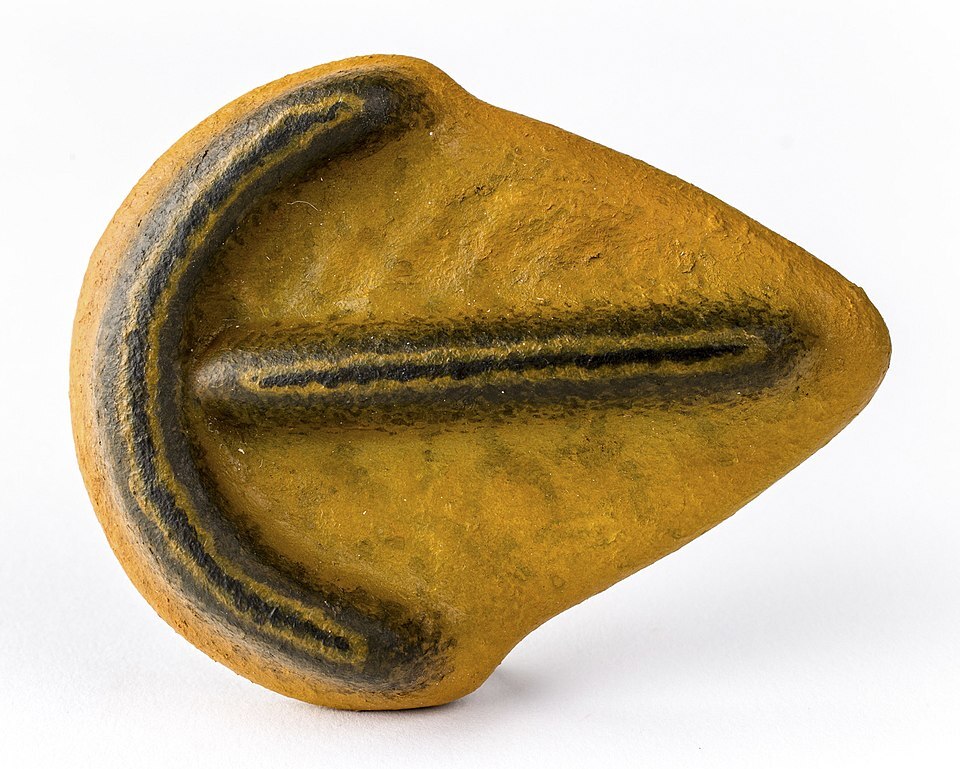
Dickinsonia costata is one of the most well-known fossils from the Ediacaran Period.
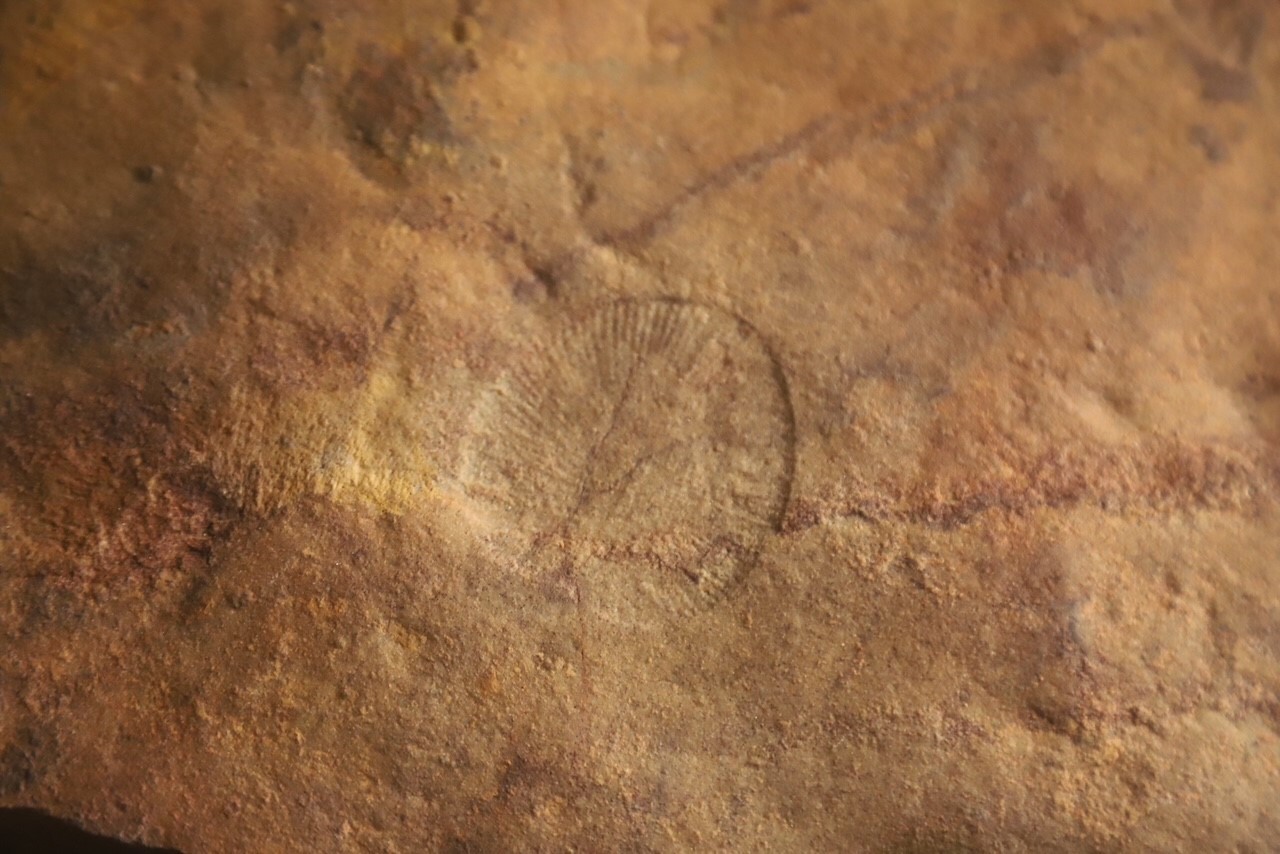
Recognized for its distinctive ribbed, oval shape, Dickinsonia is often considered one of the earliest known animals. It lived in shallow, sandy marine environments on what was formerly the sea floor.
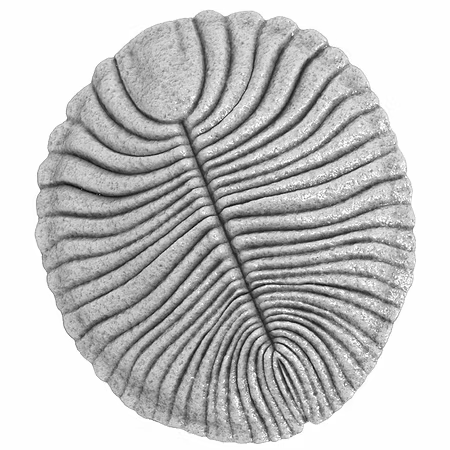
The Phyllozoon hanseni slab is a unique example of a complex organism from the Ediacaran Period. Known for its branching body structure, Phyllozoon is thought by some paleontologists to be an early form of a colonial organism. This fossil showcases the variety of life that existed in the oceans during the Ediacaran Period, representing an organism that blurred the lines between plant and animal.
The Flinders Ranges remains an important site for scientific research and discovery, and its fossil record continues to provide invaluable insights into the early evolution of life on Earth.
The fossils of the Flinders Ranges are not only of historical and scientific importance, but they also highlight the unique role South Australia has played in the history of life on Earth.
They continue to inspire new research and contribute to our ongoing exploration of life's origins, providing a link to the distant past and shaping our understanding of the evolutionary processes that have led to the biodiversity we see today.
Visit the South Australian Museum website to learn more about South Australia's fossils.